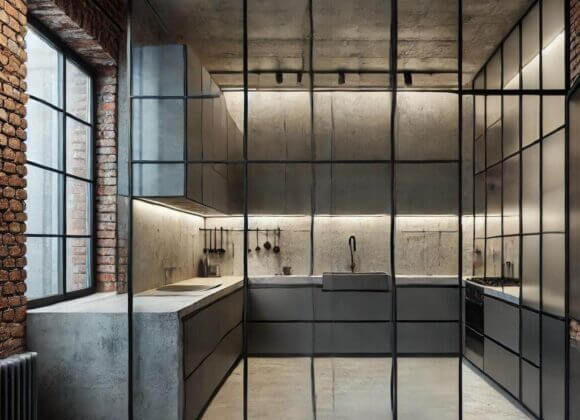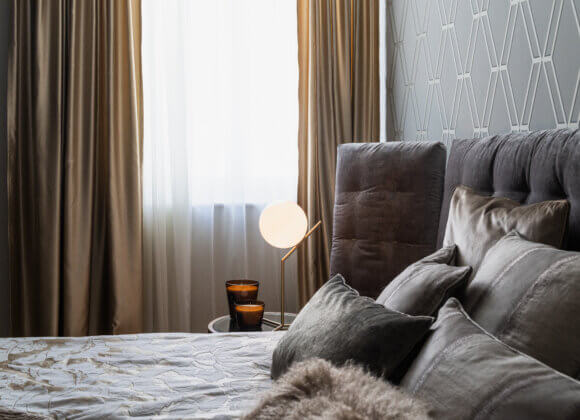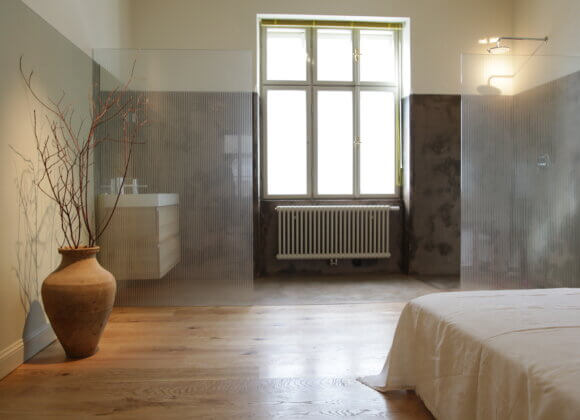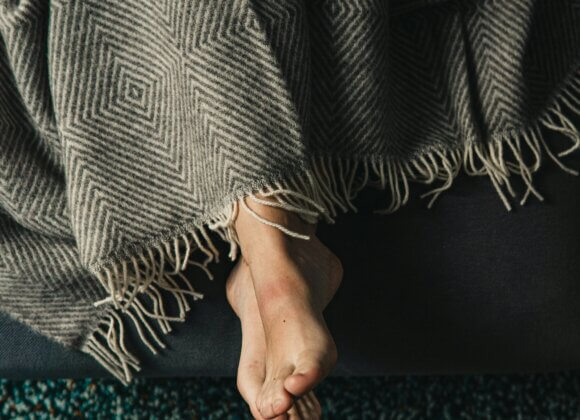When the children leave home, it’s not just everyday life that changes – the home also takes on a new role. How to carefully rethink a former nursery without erasing the past.
When children grow up and move out, the home often changes more quietly than expected – and yet fundamentally. Doors that used to be open often remain closed. A room that has been full of movement and stories for years suddenly seems bigger, quieter and brighter. For many parents, this moment is an in-between state: the past still lingers, the future feels open. And in the middle of this transition, the very practical question arises: what will happen to the room now?
The empty nest moment is not only an emotional turning point, but also a spatial one. For a long time, the house or apartment was designed for family life: for storage space, for shared use, for everyday life. Moving out marks the start of a new rhythm. Rooms are now allowed to change – and with them the role they play in the living experience.
Times change. Rooms too.
Many start with a gentle reinterpretation: the former children’s room becomes a guest room. Not as a farewell, but as a continuation. The atmosphere can become calmer and more grown-up without overshadowing the history of the room. A neutral color spectrum, a high-quality bed, a few, deliberately placed pieces of furniture – this creates a room that can receive visitors at any time without feeling alien. A single memento that remains can create a beautiful connection.
Over time, however, some people’s own perspective on living changes. Where functionality used to be the top priority, today the question of personal needs may take center stage. What is missing in everyday life? What have you been dreaming about for a long time? What activity is not given enough space?
A former children’s room can become a studio where materials are visible and within easy reach without having to disappear back into the cupboard. Or a reading room in which shelves become a quiet wall landscape and a comfortable armchair forms the focal point. Some create a music room or a place for yoga and retreat. It’s not about luxury – it’s about making space for your own life.
This process does not have to happen quickly. Memorabilia can be sorted, stored or passed on – at the pace that is right for you. The aim is not to “complete” something, but to bring the space into harmony with the present.
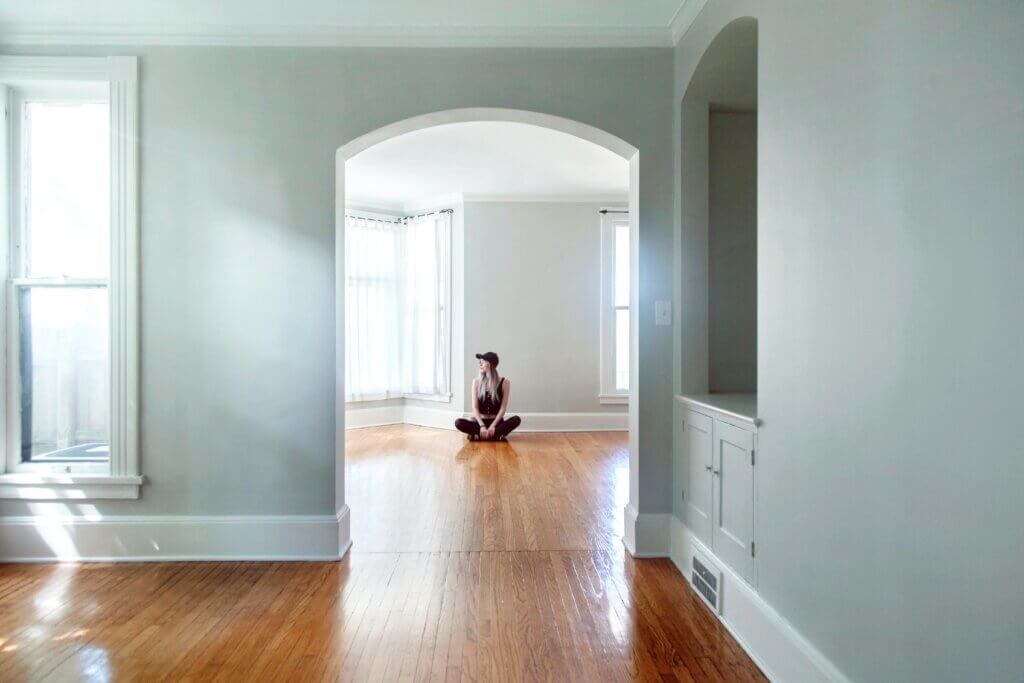
Giving life space
Living after the children have moved out therefore means less of a cut and more of a development. Rooms that were long intended for others can now become personal again. The home doesn’t become emptier – it becomes more open. Instead of wanting to hold on to past phases of life, it can be beneficial to give them a quiet place and at the same time allow new things to emerge.
In this way, a former children’s room becomes a space that is used, lived in and loved again. Not because you are leaving something behind – but because you are giving space to the life that is now there.
Practical procedures for the redesign
- Give it time: Don’t “rebuild” the room immediately. First notice how it feels now before making any decisions.
- Selection instead of tidying up: Don’t just keep or give away memorabilia – but consciously choose what is meaningful.
- Preserving an element: One detail remains as a silent echo: a picture, a piece of furniture, a shade of color. The past is allowed to resonate without being dominant.
- Entering a new room: Imagine you are entering the room for the first time. What would you want to see now? What would you leave out?
- Observe the light: Throughout the day, look at how the light falls – this will later determine colors, fabrics and type of use.
- Determine function before style: First clarify what the room is to be used for – then think about furnishings and aesthetics.
- Let the furniture flow: Start with just a few pieces. The rest can be added bit by bit. Rooms don’t have to look “finished”.
- Choose colors by feeling: What atmosphere do you need at the moment? Calm, inspiration, warmth? The choice of color(https://myhome.at/farbpsychologie-im-wohnraum-farben-fuer-mehr-wohlbefinden/)) answers this question.
- Prefer flexible solutions: folding bed instead of fixed double bed, trolley instead of fixed chest of drawers – so that the room can take on several roles.
- Rethinking rooms in the house: Sometimes the new function doesn’t fit into the former children’s room – and another room becomes available. Thinking can be open.




